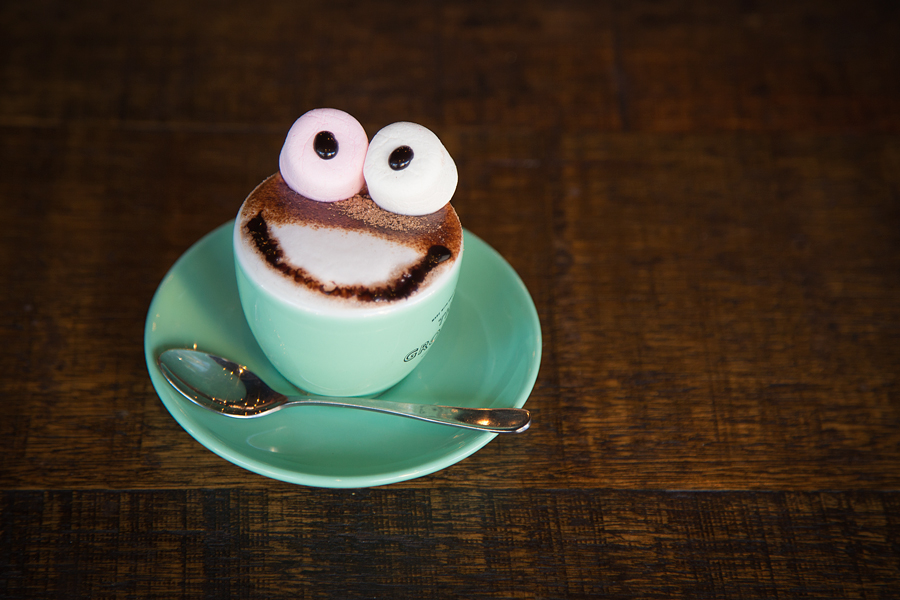Lighting diagrams can be used for many purposes. They allow you to keep track of your lighting set up if you need to recreate the same scenario in the future and can also be used by your assistants to set up a lighting scene that you have in your mind. I am aware of two main websites where you can create a lighting scenario/diagram:
www.strobox.com & www.lightingdiagrams.com & www.sylights.com (here you can also add a comment to your diagram which I find very useful).
I have used Strobox to create my diagram (remark: Online Lighting Diagram Creator and Strobox Community cooperate together in order to offer the photography community the best of both their tools). If you want to give it it go, follow the instructions below:
On the home page click on the Create tab and this will open a new diagram with basic objects (backdrop, subject, flashgun, umbrella and camera). You can choose to clear the diagram above the canvas and start creating your own or simply adjust the given diagram (add/delete objects). To choose new objects place your mouse over the “Lighting Objects’ tab on the left side of the canvas and choose the objects which suit your scenario. There is a disadvantage that you cannot record the distances of the objects from each other, but you can keep those in your notes as the distance is very critical in lighting scenarios. In addition, the light power cannot be logged.

© Gina D Photo Pty Ltd 2014





